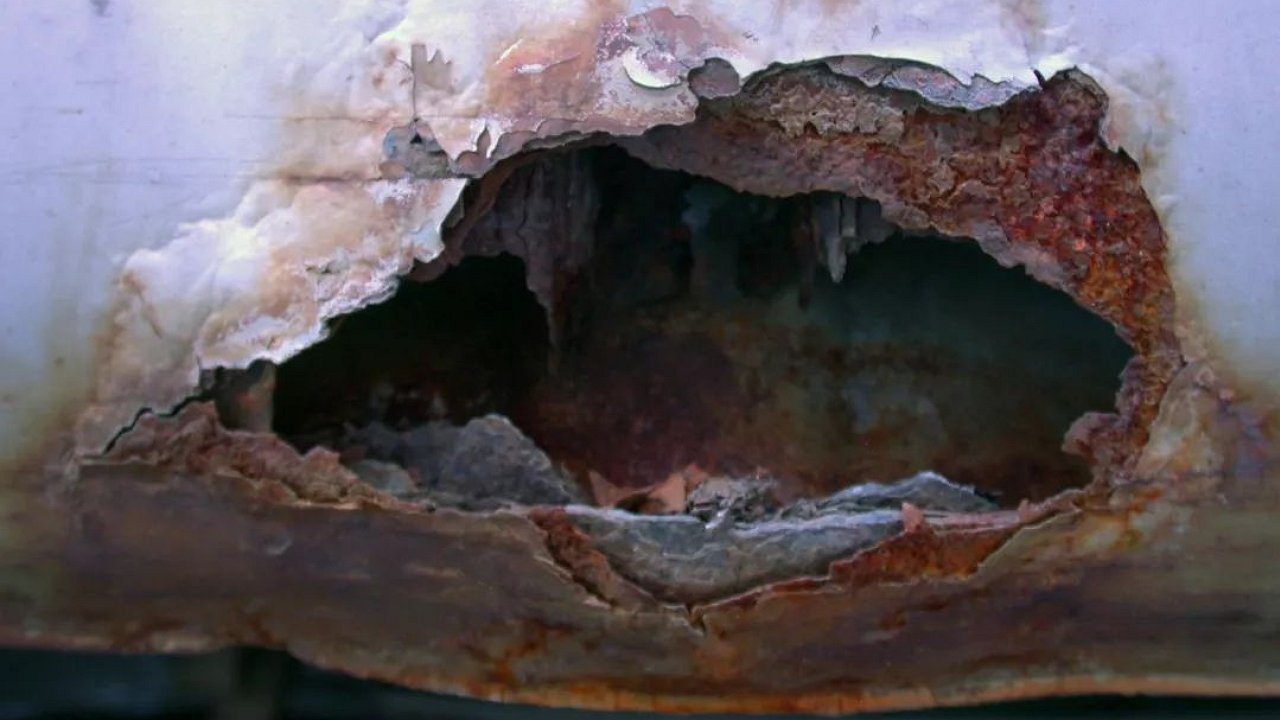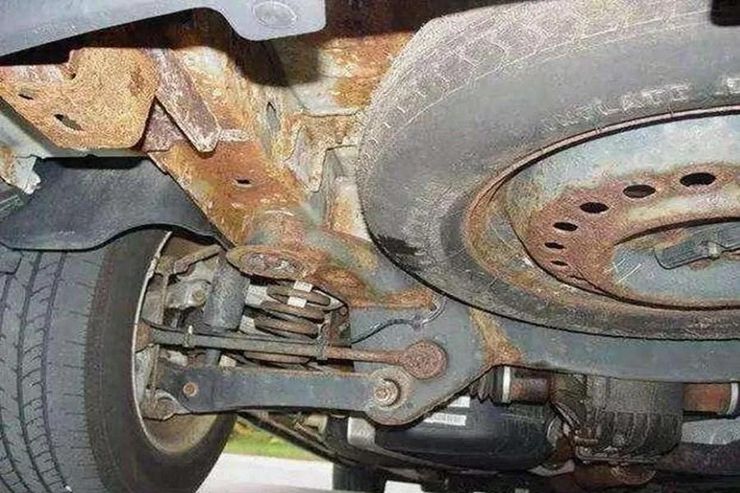The Chinese called the most “rust-resistant” models of their cars
- September 1, 2023
- 0
The past year and a half have convincingly proven that in the near future we will be able to drive mainly Chinese-made cars. This is if we talk
The past year and a half have convincingly proven that in the near future we will be able to drive mainly Chinese-made cars. This is if we talk

The Chinese have been with us for a long time. Which, over time, will inevitably make the issue of corrosion resistance of Chinese auto products under Russian conditions more than urgent. A variety of Great Wall SUVs, Chery Amulet sedans and Tiggo crossovers of early releases in the company with Lifan of different sizes are now driving the domestic expanse in sufficient numbers.
The eye often distinguishes them from the stream of cars by the characteristic rust spots on the body. But once, at the time of purchase at a car dealership, they shone in the sun with paint, just like the modern “Chinese”. What will happen to foreign cars from China after two, three or five years of driving on Russian roads. Their manufacturers give long-term warranties against corrosion. Of due to corrosion. And how quickly do red spots appear on the bodies? Good question, isn’t it?
At the moment, most of the “Chinese” in Russia are too young to draw more or less objective conclusions about the real resistance of their iron to rust. But you can resort to some trickery and “climb” on the Chinese part of the Internet, having studied the opinion of the Chinese themselves about their cars. It turns out they also hate their cars because of rust. But not just like that! It is known that the Celestial Empire has both its own brands and brands of passenger cars, as well as brands produced in joint ventures with European, Japanese and American companies.
So, among Chinese car owners, there is a strong opinion that cars made by the joint venture practically do not rust. And the products of “native” Chinese manufacturers, according to users, are catastrophically quickly covered with red spots. It should be noted here that we are usually not talking about completely new cars, but about vehicles that are more than three years old. But still this information should be taken into account. Because it speaks to the level of technology used by a particular brand.
As is known, the Russian market is dominated by the products of those Chinese companies that are least connected to the international automotive industry through the “ties” of joint ventures. Except maybe, like Geely or FAW. We draw conclusions, as they say … Although it should be noted that Chinese car owners themselves do not consider Geely products as a model of corrosion resistance.
Be that as it may, the time that modern models of the Chinese auto industry will spend on Russian roads will eventually bring everything to its rusty spots. In the meantime, we would like to advise all Russian owners of Chinese equipment for prevention, just in case, to treat their cars with anti-corrosion agents. And not only the bottom, but certainly also the internal cavities. So that it wouldn’t be “excruciatingly painful” later…

The Chinese have been with us for a long time. Which, over time, will inevitably make the issue of corrosion resistance of Chinese auto products under Russian conditions more than urgent. A variety of Great Wall SUVs, Chery Amulet sedans and Tiggo crossovers of early releases in the company with Lifan of different sizes are now driving the domestic expanse in sufficient numbers.
The eye often distinguishes them from the stream of cars by the characteristic rust spots on the body. But once, at the time of purchase at a car dealership, they shone in the sun with paint, just like the modern “Chinese”. What will happen to foreign cars from China after two, three or five years of driving on Russian roads. Their manufacturers give long-term warranties against corrosion. Of due to corrosion. And how quickly do red spots appear on the bodies? Good question, isn’t it?
At the moment, most of the “Chinese” in Russia are too young to draw more or less objective conclusions about the real resistance of their iron to rust. But you can resort to some trickery and “climb” on the Chinese part of the Internet, having studied the opinion of the Chinese themselves about their cars. It turns out they also hate their cars because of rust. But not just like that! It is known that the Celestial Empire has both its own brands and brands of passenger cars, as well as brands produced in joint ventures with European, Japanese and American companies.
So, among Chinese car owners, there is a strong opinion that cars made by the joint venture practically do not rust. And the products of “native” Chinese manufacturers, according to users, are catastrophically quickly covered with red spots. It should be noted here that we are usually not talking about completely new cars, but about vehicles that are more than three years old. But still this information should be taken into account. Because it speaks to the level of technology used by a particular brand.
As is known, the Russian market is dominated by the products of those Chinese companies that are least connected to the international automotive industry through the “ties” of joint ventures. Except maybe, like Geely or FAW. We draw conclusions, as they say … Although it should be noted that Chinese car owners themselves do not consider Geely products as a model of corrosion resistance.
Be that as it may, the time that modern models of the Chinese auto industry will spend on Russian roads will eventually bring everything to its rusty spots. In the meantime, we would like to advise all Russian owners of Chinese equipment for prevention, just in case, to treat their cars with anti-corrosion agents. And not only the bottom, but certainly also the internal cavities. So that it wouldn’t be “excruciatingly painful” later…
Source: Avto Vzglyad
Donald Salinas is an experienced automobile journalist and writer for Div Bracket. He brings his readers the latest news and developments from the world of automobiles, offering a unique and knowledgeable perspective on the latest trends and innovations in the automotive industry.